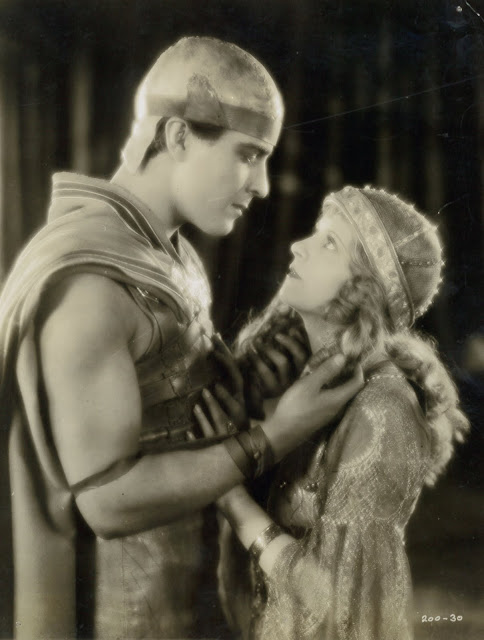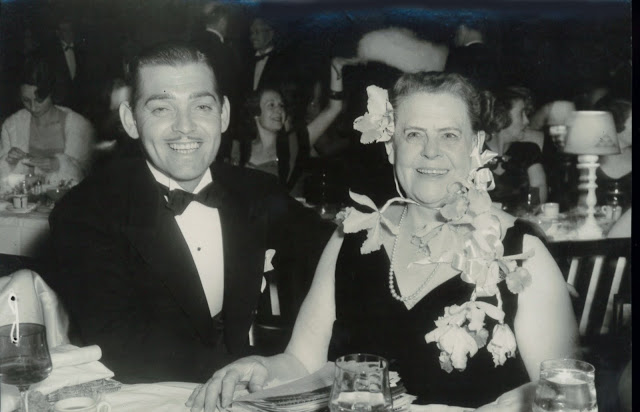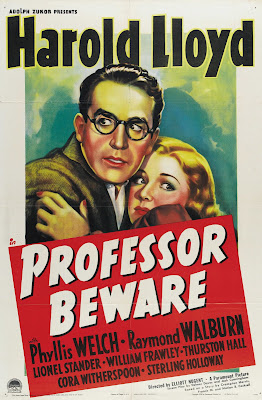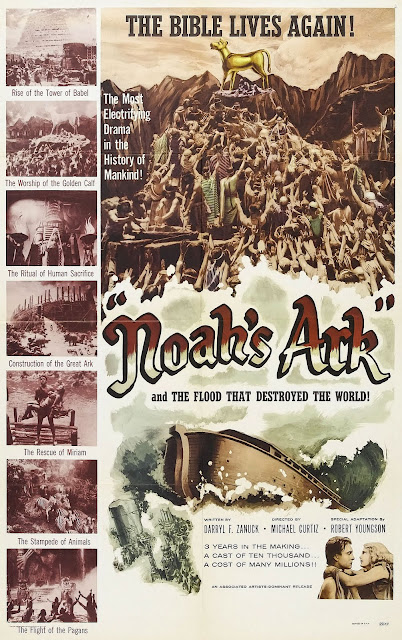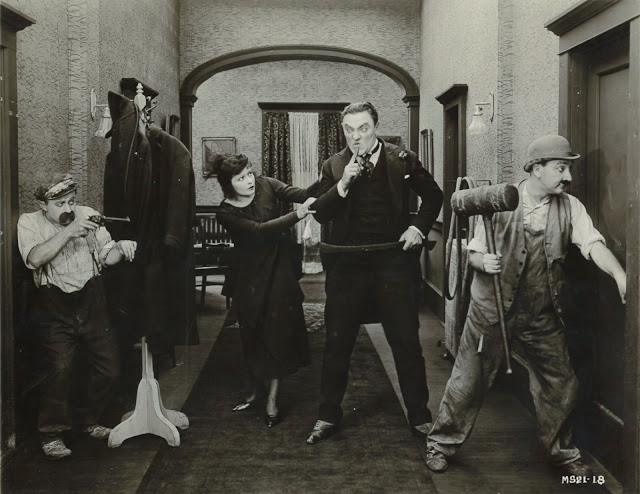
Book Choice --- The Lion's Share

New York Times movie critic Bosley Crowther wrote a book called The Lion's Share that was published in April 1957. It was first to attempt a history of the great Loews and Metro-Goldwyn-Mayer. Variety and the author's own paper gave Crowther positive reviews. He was long recognized as kingpin of film reviewers, having reached a peak of influence by 1957. BC is remembered for later missing the boat on Bonnie and Clyde and being eased off his desk as a result. Now if he's talked about, it's usually in terms of having been out-of-touch throughout much of a long (over twenty-five year) tenure. Crowther worked when critics mattered more. His signing a studio history was gilt-edged so far as credibility. What stories he'd tell in The Lion's Share would become standard text and source for authors to follow. Metro myths to die hardest began or were propagated by Crowther. Still, I enjoyed his book. Of course, better and more accurate ones have been done since. Sometimes though, it's worthwhile to visit movie history as it was understood when shovels first dug into Hollywood past. What Crowther did have was access to near everyone living at the time who'd been at MGM. 1957 was soon enough after a Golden Age for participants to look back fresh and lots more alert than what death or old age would later cancel out. For this alone, The Lion's Share is must reading.

The book was targeted to a mainstream. Dutton published and $5 was the hardcover's price. Crowther's manuscript was trimmed by 50,000 words to get The Lion's Share user-friendly. The author was known enough for a public outside industry to give a look, and that they did to reward of multiple printings over years to follow. Crowther's rather dry meticulousness (a Times review) went down smooth with consumers eager for straight Metro dope. Execs in that company found the book an intrusion, corporate battling a background to first sales of The Lion's Share. Crowther tracked Loew's from nickel origins to then-recent ouster of production chief Dore Schary. The latter was a cooperative interview and got sympathetic coverage in The Lion's Share, while earlier deposed Louis Mayer, still alive in 4/57, was beast and boor to Crowther's mind. Did the old man, then plotting (unsuccessfully) to take back his studio chair, give thought to suing for published slams? If so, I found no ink to confirm, and besides, Mayer had but months to live (August his exit), so maybe LB's concern was more to basics. Few would challenge the book's accuracy. Clark Gable was asked for reaction, and he said The Lion's Share reflected truth pretty much as he remembered. Enough doors opened to Crowther to make his a more-or-less authorized history. New York chief Nicholas Schenck sat down with him, as did Schary, David Selznick, numerous staff and luminaries who toiled for the Lion. Biggest help was Norma Shearer, retired and talkative for perhaps an only time after stepping off stardom's ladder. No wonder then that Irving Thalberg emerged most heroic of Metro minions, the most brilliant executive producer ever to work in Hollywood, according to Crowther.

The Lion's Share is strongest where it tells of founding Marcus Loew and how he built an empire up from storefronts. Woven in/out of his story are dynamos who ran rival firms. It is easy to forget how linked these people were starting out. Commonest thread was willingness to work 24/7 toward dominion of an emerging industry. Crowther goes easy on Adolph Zukor and Sam Goldwyn, both hale/hearty in '57, while passed-on William Fox is tabbed a notoriously savage lone wolf. Reviewers noted such restraint and decorum as Crowther-applied in coverage of lions still roaring when his book was new. An author-updated (and unexpurgated) second edition would have been a welcome, possibly eye-opening read, as one can imagine what interview subjects had to say that Crowther dared not use at the time. Trouble with this book then, is the fact it does pull punches, aimed for light readership, thus no digging deep as we'd like into recesses of MGM. Still, it was heady backstage stuff in 1957, and a first revelatory peek behind scenes of a still-thriving studio concern.

I'd not take Crowther too much to task for untruths he repeated (or that originated with The Lion's Share). He was relying on what longtime personnel told him. Why would they lie after so many, even then, years? The Ben-Hur saga is related for probably a first time, emphasis on fact no lives were lost during its turbulent 20's shoot. Kevin Brownlow would revisit that topic in The Parade's Gone By eleven years later, some of his fresh interviews suggesting there were perhaps fatalities. There's a colorful recounting of MGM's struggle to get The Broadway Melody off starting lines. Early sound struggles are rich source here for triumph and tragedy. The John Gilbert "white voice" myth is hammered home persuasively. No wonder so many still believe that fable ... but who conveyed it to Crowther? Among those he interviewed was sound supervisor Douglas Shearer. Was this the culprit? There is odd reference to William Haines having had "a strangely high-pitched voice" as well, balderdash as any of his starring talkies will attest, but how much access did Crowther have to the films, and how much inclination to watch if he had? Trader Horn tales are told, including claim that Edwina Booth died within a few years of 1930 release, thanks to illness contracted on African locations. It would be decades before we learned that Booth was alive and did in fact make it to venerable age eighty-six. Such was content accepted as fact in 1957 thanks to Crowther's repute and his having palace keys. Historians latterly set records straight, but that need not diminish (by much) value of Bosley Crowther's pioneering work, still a worthwhile and entertaining read if one to approach cautiously.
Best books on MGM history? I'd nominate Scott Eyman's Lion Of Hollywood and Mark Vieira's Irving Thalberg. Both are tops for research/accuracy/enjoyment.
Best books on MGM history? I'd nominate Scott Eyman's Lion Of Hollywood and Mark Vieira's Irving Thalberg. Both are tops for research/accuracy/enjoyment.

